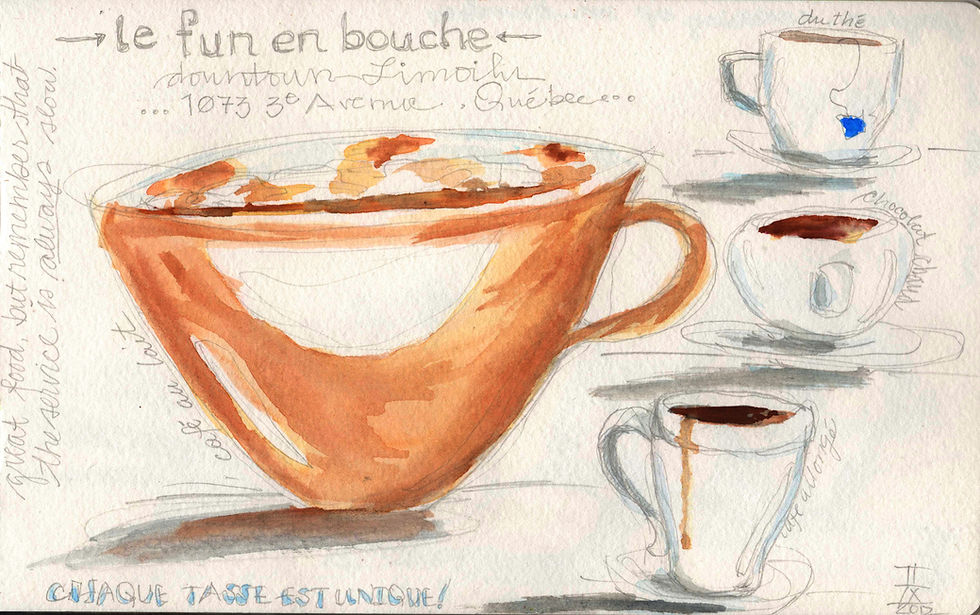Reading better as a pathway to writing better
- bethann29
- Mar 20, 2024
- 3 min read
Updated: Feb 1, 2025
Note from Bethann: This is a guest post from a colleague and close collaborator of mine, Dr. Rick Fisher, who directs the Communication Across the Curriculum program at UW (among other things). I asked him if he’d be willing to write up/share a great resource we’ve used with the (now hundreds of) students we support through our annual Scholarly Writing Program.

For the past several years, Bethann and I have co-facilitated a program meant to help students navigate writing during and beyond their graduate degree experiences. Though much of the program focuses on the behavioral, social, and emotional elements of writing, it’s also true that graduate students—like all writers—need to continue improving their craft. Simply put, attention to craft is a writer’s awareness of which words they put on the page, in what order, and with what purposes. Improving craft, then, requires a writer to develop and extend their strategies for putting words on the page in ways that fit the context.
In my own writing, I am often just trying so damn hard to get a thought out into the world that I forget to pay attention to why I’ve chosen to put certain words in a certain order, and I lose sight of any purpose beyond just getting the thought from inside my brain onto a paper for inspection. So, I have sympathy for students, especially for graduate students as they may be grappling with new, big, exciting ideas for the first time.
Making things even more complicated, graduate students are often painfully aware that they must put those new, big, exciting ideas into genres they have never written before. Even if undergraduate lab reports or literary analyses are meant to help students practice many of the rhetorical moves they will need to make in their graduate writing, those genres often differ in substantial ways from comprehensive exams, proposals, dissertations, and articles for publication.
One of our strategies for helping students adjust to these new genres is a rhetorical reading activity. Though graduate students may have read hundreds of journal articles, we know they are typically reading for content rather than to understand the construction of the writing. We guide students to notice the way a journal article in their field is constructed by providing a relatively simple worksheet.
On that worksheet, we ask questions like these:
How many paragraphs long is the introductory section?
Does the introduction include an explicit statement of purpose?
If the article includes a typical methods section, about how many sub-headings or sub-sections are included?
If you pick a random page, how many citations do you count on the page?
If you pick a random page, how many sentences are in the longest paragraph?
The set of questions is not exhaustive, nor is it meant to be. Rather, we use the activity to start a conversation with and among the students. Each semester, we ask students to discuss in small groups and then to share out insights from those discussions.
Because our program is intentionally interdisciplinary, many groups comment on the diversity across the articles they and their peers choose to read for this activity. They quickly recognize that what passes for a “common” expectation in one field (or in one journal within a field) may be totally absent in another, for example. The insights they share, create further opportunities for students to become more attentive to their craft. In turn, this “reading like a writer” helps them make more nuanced choices about which words they choose for their writing, and what structures to provide for those words, to better achieve the purposes they hope to achieve. These insights, we hope, can also help students find alternatives to the fear that Bethann wrote about in her previous post, the fear that successful scholarship means “ imitat[ing] and perpetuat[ing] the worst versions of academic writing.”
Further reading
The ideas offered in this post are influenced by a range of good research, especially the following texts:
Charles Bazerman, Shaping Written Knowledge: The Genre and Activity of the Experimental Article in Science
Gerald Graff and Cathy Birkenstein, They Say/I Say: The Moves that Matter in Academic Writing
John Swales, Genre Analysis: English in Academic and Research Settings
Helen Sword, Stylish Academic Writing
This post is based on material from my forthcoming book, Helping Students Write in the Sciences. Connect to more related resources here.





Comments